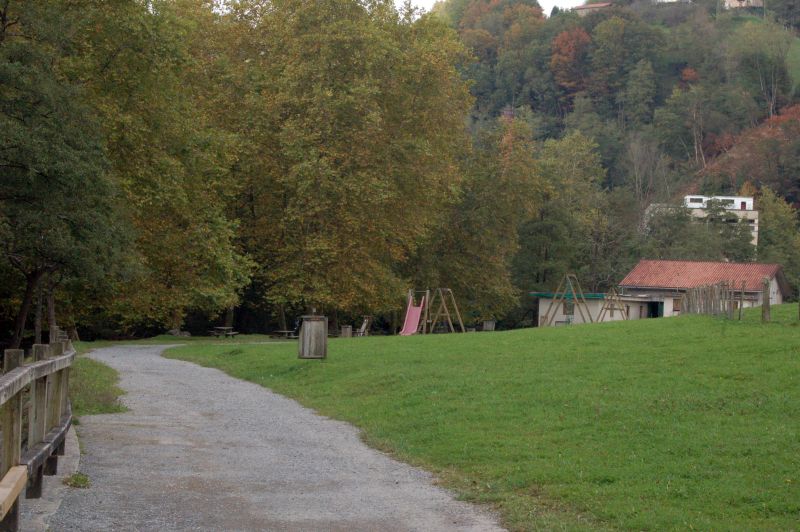
Puntos de Interés

Municipality
Vilaflor
The municipality of Vilaflor de Chasna is located on the south of the island of Tenerife, at an altitude of over 2,800 metres above sea level. This town is one of the three that do not have a coastline, as it is located in a mountainous area of the island known as Cortada del Diablo, specifically on the cliffs that surround the Ucana Plain to the south.
The municipality is divided into four separate settlements: La Escalona, Jama, Trevejos and the municipal capital Vilaflor. It formerly belonged to the Guanche menceyato (kingdom) of Abona. Legend has it that its name comes from one of the last words uttered by a Castilian conqueror who, upon seeing a young native girl with whom he fell madly in love, exclaimed: "I saw the Chasna flower!”.
The Chasneros, as the inhabitants of this town are known, can be proud that within their territory there are important examples of natural and cultural heritage. One of these jewels is the landscape, as the area surrounding Vilaflor de Chasna is home to the oldest Canarian pine forest in the Canary Islands, part of El Teide National Park, Corona Forestal Natural Park, the Ifonche Protected Landscape and the Montaña Colorada Natural Monument. It is also home to monumental trees such as the so-called Pino Gordo and Pino de las Dos Pernadas, which are the widest and tallest Canarian pine trees, respectively.
In terms of historical and cultural heritage, it is worth mentioning Casas Altas farmhouse, an Asset of Cultural Interest shared with the municipality of Arona, and in the village of Vilaflor, San Pedro Apóstol Church, an Asset of Cultural Interest dating back to the 17th century, which boasts great artistic wealth inside and in which the first Canarian saint was baptised: Pedro de San José de Betancur (Santo Hermano Pedro). Precisely behind this church, the saint's worshipers used their family home to build the Santo Hermano Pedro Sanctuary.
Other important buildings in this village include Casa de los Soler or Casa del Marqués, San Roque Chapel and the water mill.
The economy of the whole municipality is based on agriculture, mainly on the cultivation of potatoes, almonds, figs, fruit trees and, above all, vineyards. All of these crops are grown on the moulded land, where the biggest changes were the creation of terraces on the slopes, and where Guanche techniques are still used to this day.
The most important festivities are the patron saint festivities held at the end of August in honour of San Roque and San Agustín. The locals dress up in their traditional costumes to attend various popular and religious events such as the Great Pilgrimage, which runs through the streets of Vilaflor and closes the festivities, and the Craft Fair. They also make the most of these days to enjoy traditional Canarian dishes.
Also important in the municipality are the festivities held on 24th April in honour of Santo Hermano Pedro, Holy Week and Corpus Christi in June, when traditional rugs are made. Meanwhile, in the villages of La Escalona and Jama the festivities of Santiago Apóstol and Santa Ana are celebrated respectively.


